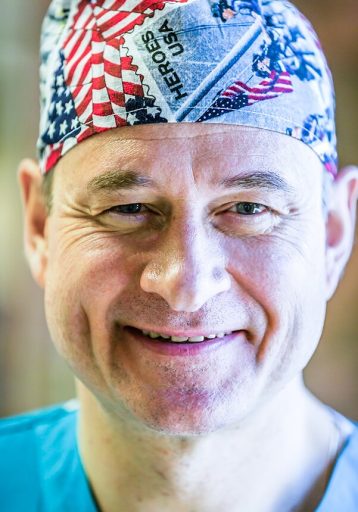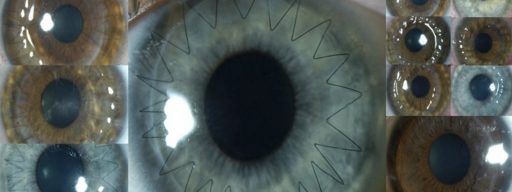The eye’s anterior segment is the structure known most often affected by environmental, traumatic, and infectious impacts. This area is one of the most vulnerable, as it is including crucial eye components such as the cornea, iris, and lens.
In cases of severe damage to the anterior segment, visual function restoration is possible only with a combination of several surgical techniques and procedures.
It is common for patients to have several eye pathologies. For example, some patients may have a combination of cataract and glaucoma; cataract and iris defects; or cataract and vitreous opacity. There are many combinations of problems that require simultaneous and complex reconstructive techniques, performed with an all-in-one approach.
A few decades ago, simultaneous restoration of several eye lesions was almost impossible because of the surgical complexity, and the lack of proper diagnostic and surgical equipment and instruments.
But thanks to the newest microsurgical techniques, the anterior segment of the eye can be effectively reconstructed, even in very severe cases. In the current day, probably the most important barrier is the physician’s lack of surgical experience in handling such complex cases.
Reconstruction of several eye structures at once is done in cases of complex pathology such as:
- Congenital malformations.
- Chemical injuries and burns.
- Inflammatory diseases and their consequences.
- Traumatic changes in several structures of the eye.
- After intraocular tumour removal.
- After previous eye surgery (glaucoma procedures, vitrectomy, etc.).
- After previous cataract procedures (aphakia, iol-related problems-dislocation, opacification, exchange, etc.
Most often, reconstructive surgeries involve the following eye structures:
- Cornea.
- Iris.
- Natural (cataract) or artificial lens (iol dislocation, etc).

You can make an appointment by phone from 8:30 to 19:30 (daily).
The decision about the best option for surgery is made after thoughtful eye examination using several diagnostic modalities, including:
- Visual acuity assessment.
- Intraocular pressure measurement.
- Visual field examination.
- Eye biomicroscopy.
- Ultrasound diagnostics.
- Corneal computer topography and tomography.
- Examination of the retina and optic nerve.
Most often, the following methods are combined:
- Cataract extraction.
- Iol implantation.
- Iol repositioning and/or suturing.
- Implantation of an artificial iris (iris prosthesis).
- Anti-glaucoma intervention.
- Pupilloplasty with sutures.
- Corneal transplantation.
- Vitrectomy.
It is worth noting that, in these complex cases, very sophisticated equipment is used—this includes surgical microscopes with 3D visualization and augmented reality, intraoperative optical coherence tomography, femtosecond lasers, and computerized systems for cataract extraction and vitrectomy. Skilful use of these instruments and equipment ensure recovery of vision even in the most difficult, seemingly hopeless, clinical cases.
As an example, in a patient with corneal opacity combined with cataract, the following procedure is performed:
- Preparing the patient for surgery.
- Trephination and removal of the recipient cloudy cornea.
- Cataract extraction and iol implantation.
- Preparing the donor corneal graft, and its placement into the recipient’s corneal bed.
- Suturing the new cornea in place.
It is worth emphasizing that the success of such a complex surgical procedure depends largely on the extent of the surgeon’s skills and experience.



